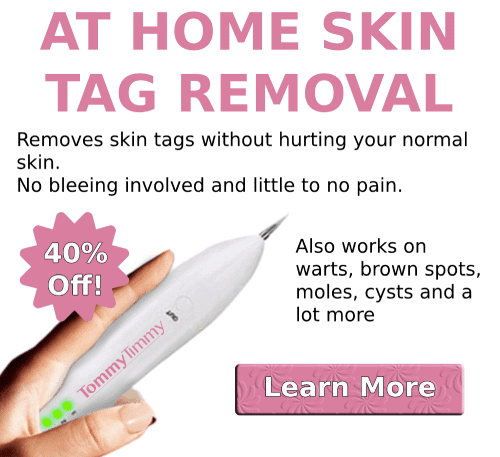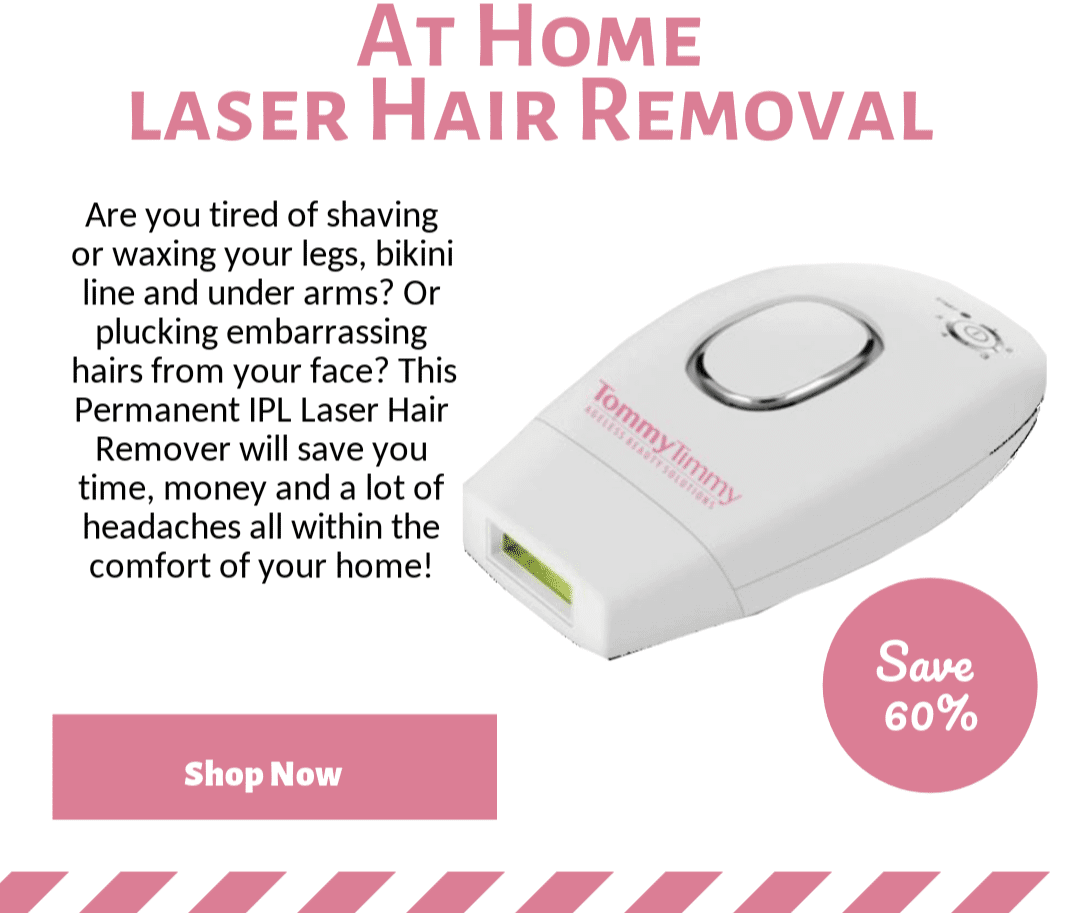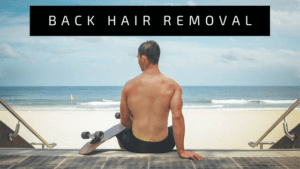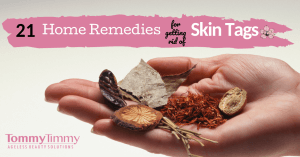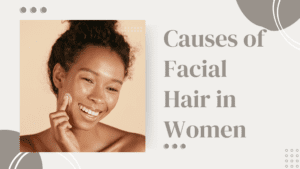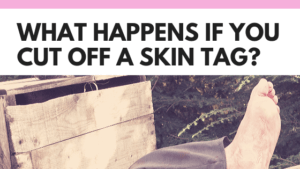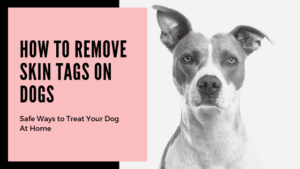The small bumps that we usually see in our body, especially when they protrude in the shape of a stem are known as skin tags, they can appear anywhere on the body and at any age.
• What are skin tags?
Skin tags or skin tags are small growths on the skin that tend to form from folds in the skin in different areas of the body where there is skin-to-skin contact.
These noncancerous growths are normally pink and brown, which are made up of a nucleus of fibers, ducts, nerve cells and fats covered by the epidermis.
They are located on the eyelids, under the breasts, armpits, groin, and neck in an irregular way, since they do not meet a standard of form, they are also not harmful to health and do not cause pain. However, the main reason they are removed is for cosmetic and aesthetic reasons.
• Why do skin tags appear?
The skin tags appear due to the hormonal change, in addition to the continuous contact of the skin folds. However, other causes give rise to the appearance of skin marks.
1. Collagen clusters and blood vessels that accumulate in areas where the skin is thickest.
2. Overweight people are the ideal candidates for the formation of labels due to the number of folds; therefore the constant friction between the folds gives rise to these skin marks.
3. Hyperinsulinemia
4. People suffering from diabetes and insulin resistance
5. Those who carry human papillomavirus disease or HPV
6. Changes in estrogen and progesterone related to hormonal imbalance are a cause of the appearance of marks on the skin.
7. Finally, pregnant women are prone to the appearance of skin tags by hormonal change.
• Size of skin tags
The skin tag varies in size from its appearance, first, they are as small as the end of an almost imperceptible pin, however when they develop their size can vary between 3 mm and 5 cm.
• Causes to remove skin tags
The main decision to remove skin tags, even though they do not cause any pain, is because of the aesthetics of the skin. Many people decide to remove them because they cannot bear the presence of these small skin marks that can be a point of distraction for other people.
In addition to the need to eliminate them by constant rubbing with necklaces, clothing, or accessories that cause discomfort, however, it often happens that sudden movements or constant scratching can weaken the label and cause itching and burning from the wound that is generated.
• Skin tag removal
To remove a skin tag you can go to a dermatologist to carry out the corresponding treatment or you can remove it with the help of a friend or family member at home. For this, we divide into two sections the removal of skin tags in professional and homemade methods, according to your perception and availability you will carry out the method that best suits you.
1. Professional methods
a) Cauterization: this procedure consists of applying heat to the label using electrolysis to eliminate it in a single procedure.
b) Ligation: This method consists of interrupting the blood supply to the skin tag and in this way it falls off after a few days.
c) Cryosurgery: the application of liquid nitrogen is an infallible method to remove the tag, since it freezes the tag with the help of a probe, managing to remove it.
d) Excision: this is the procedure used mainly to remove the labels since with the help of a scalpel the stem that protrudes from the skin is cut.
2. Home methods or natural skin tag removal
There are different treatments that you can do at home, even products and kits for removing skin tags are already on sale.
a) Tommy Timmy Smoother Skin Laser: The Tommy Timmy laser is the ideal tool to remove very annoying and sometimes unpleasant hair, skin tags, moles, and warts.
It is one of the main options since, with the help of the laser and the heat it generates; it can effectively eliminate any unwanted skin marks.
b) Dental floss: with the help of a previously disinfected dental floss, proceed to wrap and adjust the label, you must adjust the label every day until it falls and it can take 10 days until this mark falls.
Remember to disinfect the area, hands, and thread to avoid infection, this process is similar to ligation except that you do it at home.
c) Nail polish: applying the transparent nail polish on the label allows the label to be reduced and dried until it is removed, for this you must clean the area very well with soap and water and remove moisture with a towel, then apply a layer of the product and let it dry, this step applies until the label disappears.
d) Creams: different sales platforms offer the user creams to remove the labels, which can take up to 3 weeks to notice the results. The procedure that is carried out is to disinfect the area with alcohol and apply the cream that generates an itchy sensation.
e) Tea tree oil: tree oil has the function of drying the skin tag, so you should apply tea tree oil three times a day on a cotton ball for 10 minutes; note that this oil should not be applied to the eyes due to its degree of irritability.
f) Apple cider vinegar: apple cider vinegar has different uses for health and one of them is to remove skin tags, in this way and with the help of cotton, soak the cotton and apply it for 10 minutes to the area affected.
This procedure is carried out two or three times a day, taking into account that if you notice skin irritation you should stop using it.
g) Iodine: to use this treatment you must be careful with the surrounding skin, so you should apply petroleum jelly to the skin to protect it. Then with the help of a swab, apply the iodine only to the skin tag and cover it with a bandage until the product dries.
Keep in mind that products like iodine, apple cider vinegar, and tea tree oil should be applied until the label falls off, so patience and consistency are essential for results.
h) Dandelion: The milky juice of dandelion is effective in drying the skin tag. Just apply the juice on the label with a cotton pad three times a day until it disappears.
It is remarkable the time it takes to completely remove a skin tag, in which professional treatments are faster and safer compared to home methods; however it is the patient who decides which method to apply to improve their appearance and comfort. Aftercare is essential to heal the wound, you should clean and apply creams that heal the affected area, and above all avoid sunbathing for at least a week until the wound is completely healed.

